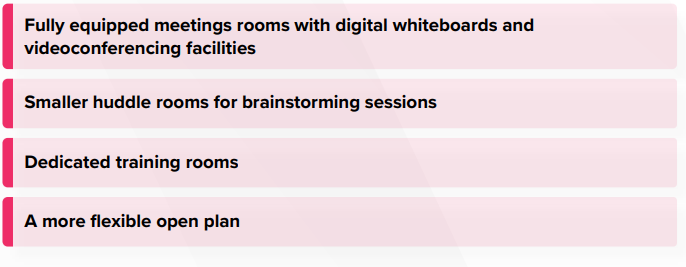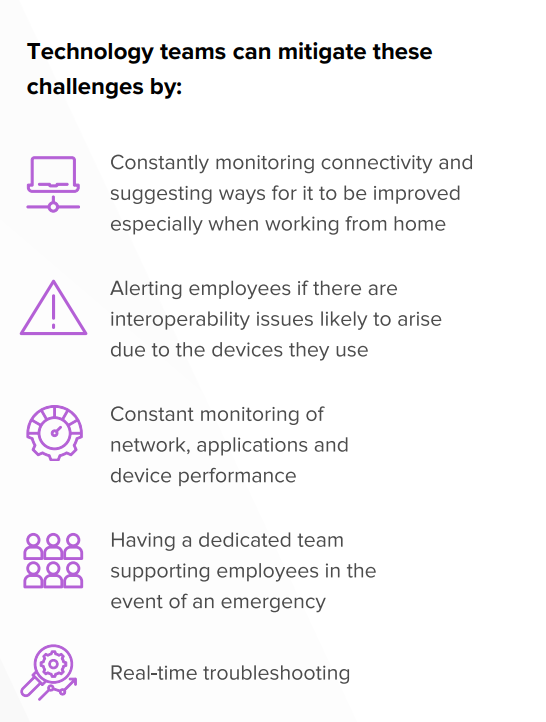In our recent IR webinar, Hybrid Working - Voice of the Employee, hosted by Chief Marketing Officer Stu Matthewman, with People and Culture Generalist Kara Ribordy, and Territory Account Manager Mark Goetz, we look at the good and bad elements of hybrid working from the point of view of employees.
We discuss the reasons behind the new workplace phenomenon of 'the great resignation', the repercussions for employers, and the importance of listening to the voice of their employees. Below are some of the highlights of the webinar.
Why businesses need to become Employers of Choice
With more and more employees demanding flexibility, it’s vital for businesses to offer their employees options when it comes to working locations and the hours that they work. In some cases, it may even be necessary to redefine job descriptions and tailor roles to fit the new hybrid working model.

Earning the commute
Businesses need to consider what’s going to be important to their employees when they do spend time in the office.
- Do they collaborate better in person? And if so, how do you utilize your space to make sure they can do so?
- Does coming in to the office need to be 5 days a week, or even during office hours?
- When they work from the office, does the technology (apps, devices, collaboration tools etc.) allow them to remain as productive as when they work remotely?

Inclusion and equality
There is no one-size-fits-all for creating a hybrid working model, but the key to getting it right for organizations is to listen to your employees’ wants and needs to make sure they are all getting a satisfactory experience.
For example, you may have scheduled a meeting for 10 employees in the office, but perhaps 3 can’t attend in person for various reasons. How do you make them feel part of the group?
Businesses must look at what technology they’re using, and make sure the right collaboration tools, like digital whiteboards are in place so everyone can participate equally in real time.
Morale and culture
In terms of culture and morale, it’s important to understand what the hybrid experience is going to be for your employees.
Onboarding and training must meet the needs of the hybrid paradigm. In other words, employees need to be sufficiently trained and informed to work seamlessly from the office, or from a remote location, on any device and any application.
At the same time, businesses need to have buffers in place to support employees who may be struggling with any elements of their hybrid strategy.
Choosing best-experience platforms
Employees are increasingly shifting between collaboration platforms based on preferences and the nature of the communication. They might alternate between Microsoft Teams, Zoom, Google Meet, Cisco Webex and others, depending on the type of collaboration.
Younger digital natives are mainly leading the charge in creating the new working landscape. Having technology that works properly, all the time is imperative, and not negotiable.

Making sure the technology works – all the time
In a hybrid working model, technology is at the core of an employee’s great working experience. It can drive productivity, create a positive working experience, and in turn mitigate the rise of ‘the great resignation’.
After more than two years of working remotely, 35% of employees see poor connectivity and network issues as obstacles to their working experience.
To empower employees, organizations need to focus on ensuring the technology works seamlessly with minimal downtime.

Monitoring, and performance testing is as important to an organization as the technology itself. This includes regular, ongoing testing of the collaboration environment within your organization, as well as customer experience testing.
With IR Collaborate’s advanced performance testing tools, you can keep a close eye on every collaboration device and application in your UC network.
Most UC environments today are multi-vendor, and spread across on-premises and hybrid cloud infrastructures. IR Collaborate can help to ensure that all your employees are having the best experience possible, no matter where they work, or what devices and applications they’re using.




